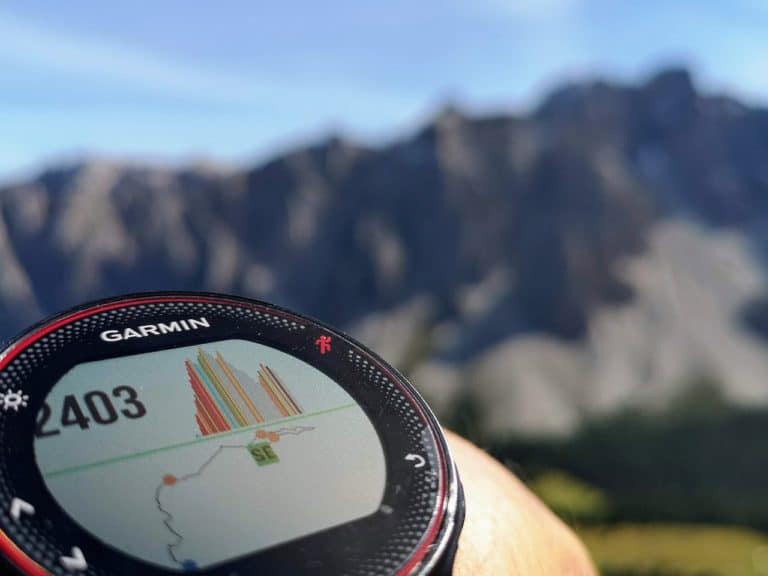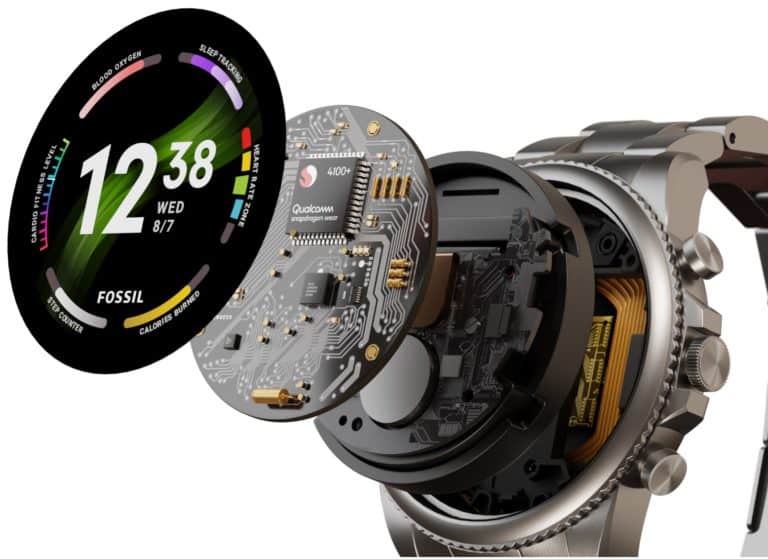Using a fitness tracker effectively might be the best choice you ever make, regardless of whether your goal is to lose weight, tone up, or just maintain your current body shape. As with any lifeless item, it can’t be relied upon to function on its own
Whatever fitness tracker you choose, you’re squandering your money if you don’t utilize it with a sincere desire to improve yourself. If you want to lose weight, you have to put in some effort. It’s more than just filling up your dimensions and wearing it around your wrist.
In the absence of effort, you may as well hang out with a tree limb. A lot of time, effort, and dedication will require. You’ll never lose the drive to exercise daily if you don’t let go of the motivation that got you started. In this article, we will attempt to see how you can use a smartwatch to get in shape.
How to use a fitness tracker to get in shape?
A fitness tracker is a great tool to help you get in shape. It can help you track your steps, distance, and calories burned. It can also help you set goals and stay motivated. And it can do all of this while keeping you informed about your personal health by showing you your exercise statistics, activity level, and the weather.
You’ll have to keep a close eye on your routine and resist the temptation to go back into old patterns. A lot of practice and improvement is necessary. Staying focused is essential. Aims and aspirations may easily get lost in the shuffle.
That’s what the device is there to protect you from doing. It’s up to you to make the most of it and not give up when things become difficult. Here are a few methods to gauge your progress and inspire yourself to keep going:
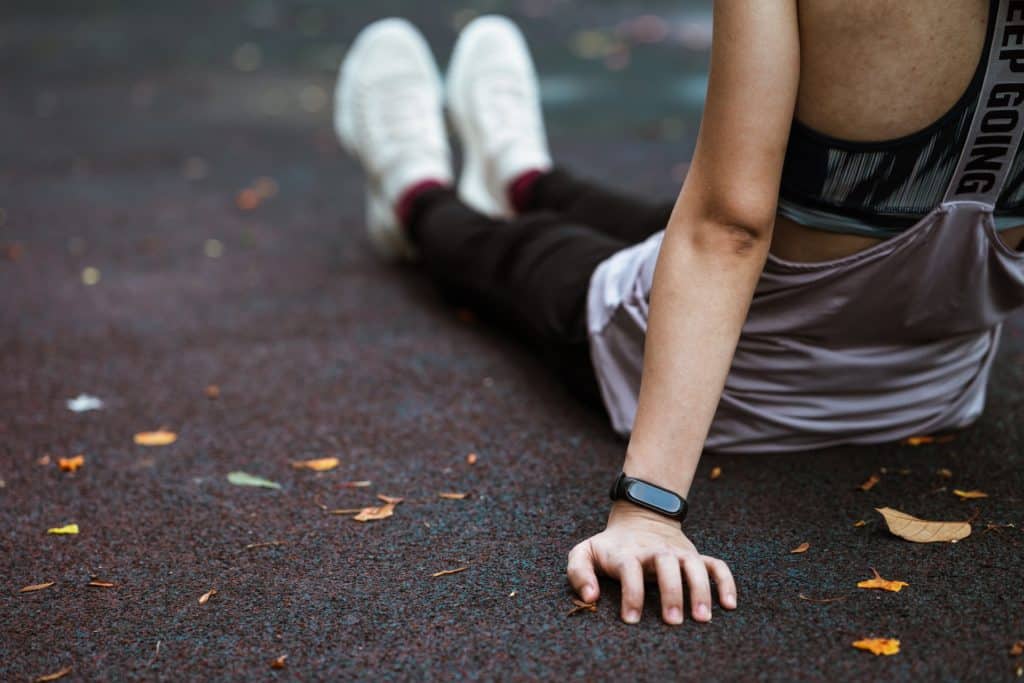
1. Pick the Right Tracker for You
Look for a fitness tracker with a wide range of useful and exciting functions. Of course, no two people are the same, and no two objectives are the same. Fortunately, there is currently no fitness tracker that meets all of our needs. To locate the solution that best meets your needs, you must first examine your own.
In addition, consider how usability may be affected. Comfort and long battery life are essential if you want to wear your fitness tracker throughout the clock. It has to appear attractive and not leave angry red markings on your skin, all of which are requirements.
Those who often travel or participate in endurance events like marathons may want a fitness tracker with extended battery life.
A larger monitor may be necessary if you want more information shown while working out. For swimmers, you’ll need a device that is not only waterproof but can also monitor your heart rate while you’re in the water.
To identify the best solution, you must examine your own needs and search for the one that comes closest to fulfilling them all. Make sure you’re obtaining a product that’s going to be a good match for your lifestyle by reading as many reviews as you can and comparing them side by side.
Observe the applications that exist in each ecosystem and evaluate whether they’re easy to use. Check for problems with quality control and synchronization.
2. Set Your Own Daily Goals
Keeping track of how much you walk, run, or bike may drive you to push yourself harder while working out, as you can see the improvement your body is making as the distance and pace rises.
In the beginning, establish small, manageable objectives that you can achieve instead of lofty ones you’ll never reach. Do 30 minutes of moderate activity every day, with the weekends free, to meet the CDC’s recommendation of 150 minutes per week.
Once you’ve mastered that, you’re ready to increase the duration to 45 minutes. Even if you don’t believe you’ll be able to manage 30 minutes of exercise every day, start small and work your way up!
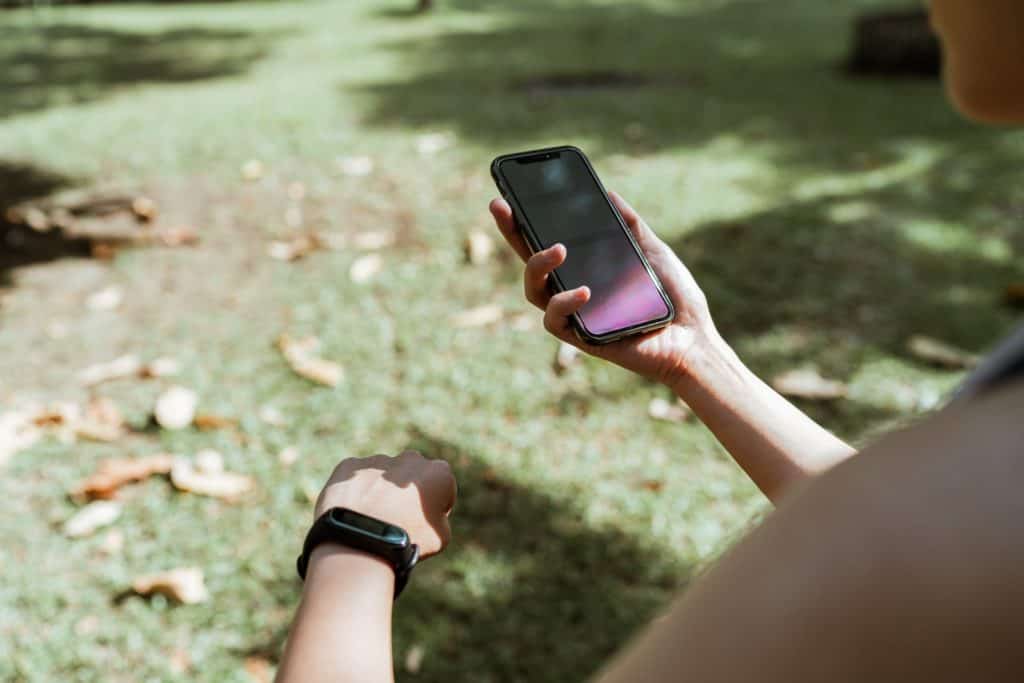
3. Work Out with a Friend
When exercising with a companion, you’re more likely to continue with it. If you and your friend buy the same fitness tracker, you may both use the tracker’s applications and features. You’ll be able to set goals like seeing who can swim the longest distances or how many calories they can burn performing the same workout as you.
4. Wear it on Your Non-Dominant Wrist:
If you have to take it off to recharge it, wear it on your non-dominant wrist instead of your dominant one. However, if you must do this, try to do it at night when you are less active.
If you’re going to sit down and watch TV after dinner, there’s no need to wear it since your fitness isn’t being tracked at that time. Because the non-dominant wrist moves less, most trackers recommend wearing them there. If you put it on your dominant wrist, you could think it’s moving your arm when it’s moving your feet.
5. Sync with Other Apps
Connect your fitness tracker to other applications, such as a food diary or a workout log. It will offer you a better overall picture of what you can do to enhance your fitness.
6. Change Goals Gradually for the Best Results
Setting goals is great, but how do you know when to adjust, adapt, or quit them if all you have is a tracker? An athlete training for a race could set weekly objectives that steadily increase in difficulty until race day.
Making adjustments to your exercise routine and resetting your goals can ensure you meet your ultimate distance or time. Most of the time, this entails increasing the distance ran each time, which anybody with a fitness tracker and a calendar could figure out.
7. Reward Your Achievements
Make sure you reward yourself for your accomplishments. Allowing oneself a day off or setting up a modest sum of money for a reward at the end of the month may work just as well as cheat days.
It might be complex to stay motivated, but if you keep going, you’ll arrive where you want to be. These pointers may assist you, but in the end, it is up to your strength of character.
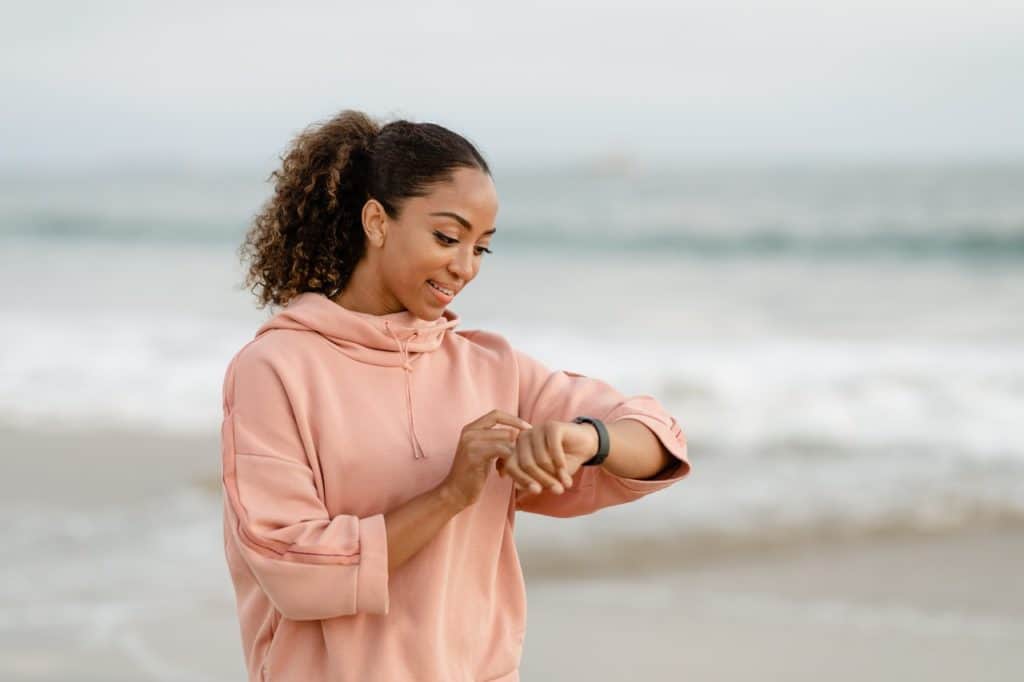
How Do Fitness Trackers Motivate Us to Keep In Shape?
Motivation: Quality Not Quantity
People’s ability to improve and maintain their level of physical activity depends heavily on their degree of motivation. However, not all sources of motivation are equal in terms of effectiveness.
Individuals are more likely to be motivated by their initiative than those who do tasks primarily in reaction to the demands or pressures of others, which implies a lesser level of intrinsic motivation. On the other hand, Amotivation is when a person is disinterested in participating in an activity.
Higher motivation levels are attributed to the “needs” for autonomy, competence, and belonging in this model. It is essential to have a feeling of control over your activities, a sense of competence, and a sense of connectedness to feel competent and successful in your endeavours.
Even while both autonomous and controlling motivation may influence our behaviour, autonomous motivation is more long-lasting and effective for physical exercise and weight reduction.
A study, led by researchers at the University of Glasgow, contacted 28 men who had finished the 12-week FFIT program to learn about their views on using pedometers as motivating aids both during and after the program.

How did the use of a fitness tracker affect their physical activity?
An improvement in self-motivation for physical activity was shown to be linked to the use of pedometers for goal setting and self-monitoring before and after the FFIT program.
For other men who were successful in making lifestyle changes, the pedometer was no longer an essential part of their routine since their new, more active ways of living had been ingrained in their being. Others continued to use their self-monitoring gadgets because they liked seeing how active they were and it helped them keep up their higher levels of exercise.
Even months after the program, one guy claimed it was “a huge part of the daily incentive to accomplish something,” while another said it helped him to “see what you’re truly doing” and therefore enhanced his self-confidence.
People who had previously failed to establish or maintain gains in their physical activity levels found the pedometer to be “dispiriting” since it reinforced their failure. In the words of one guy, the pedometer acts as a “governor” and makes him feel like he’s being “governed.”
After completing the 12-week program, these males were unlikely to report employing self-monitoring tools. Their weight loss was also less effective and they relied more on the support of the coach and other participants to keep them going.
For men, activity monitoring gadgets like pedometers and other fitness trackers may be a great source of inspiration for adopting a more physically active lifestyle throughout and after a weight reduction or health improvement program.
Comparing oneself to others and disliking using activity monitors may assist identify guys who need additional help establishing more valued and relevant motivations for staying healthy and active.
Bottom Line
If you put it to good use, this may be one of the best choices you ever make. After reading this article and implementing all of the tips, your body will be able to reach its full potential within only a few months with the right mindset.
The essential factor is to never lose hope and to keep working hard. I have confidence in your ability to achieve your goals, but now it’s up to you.


